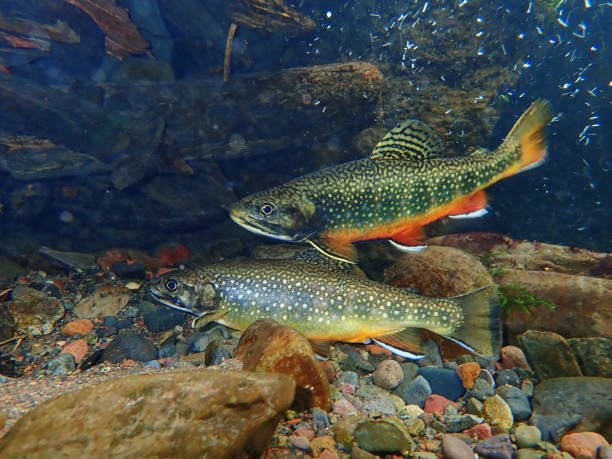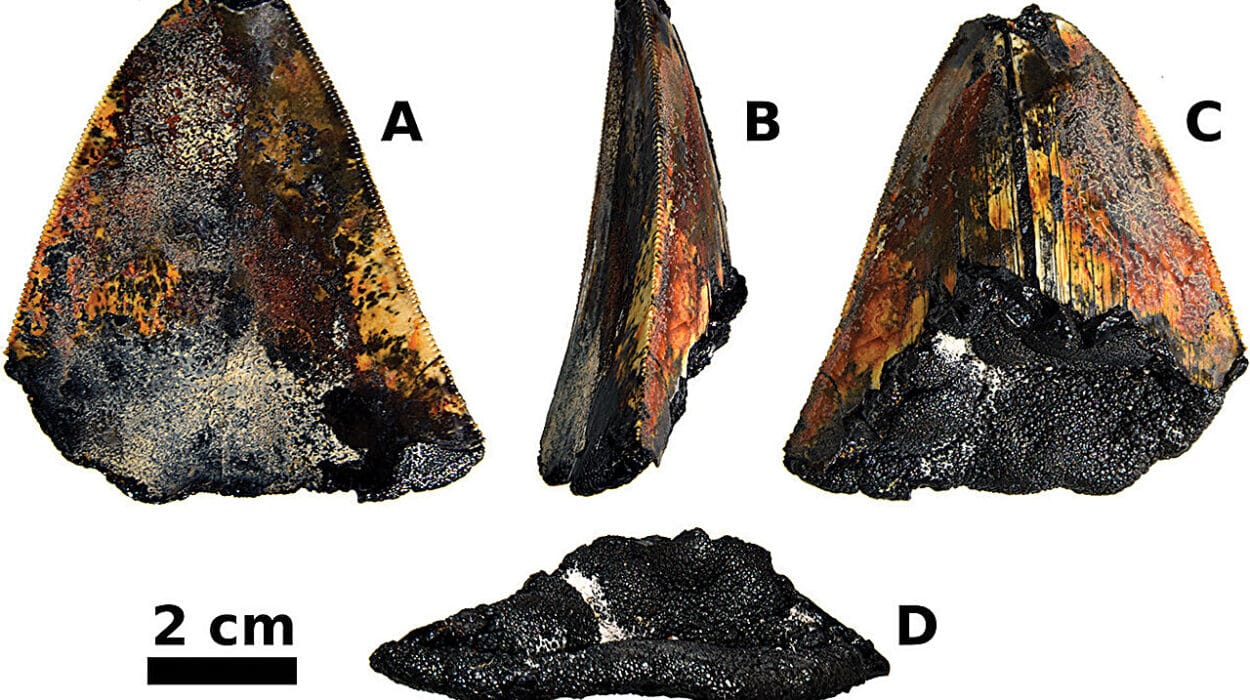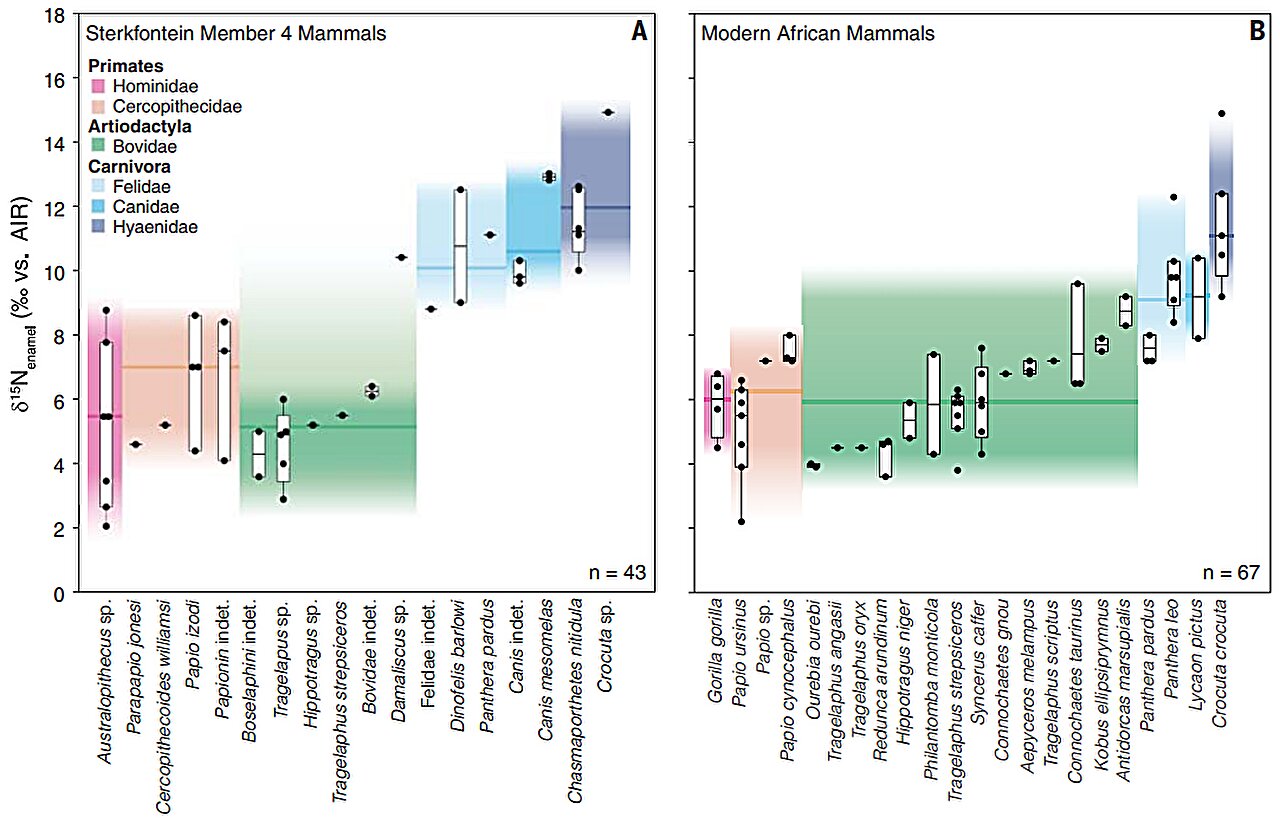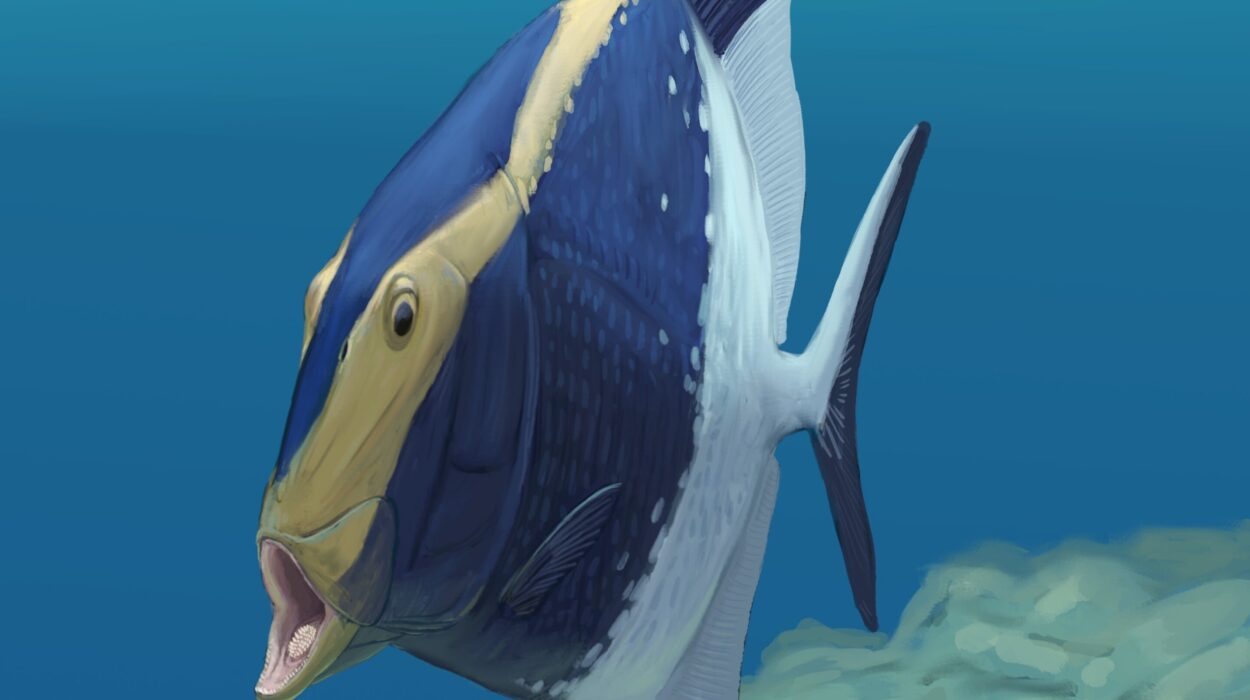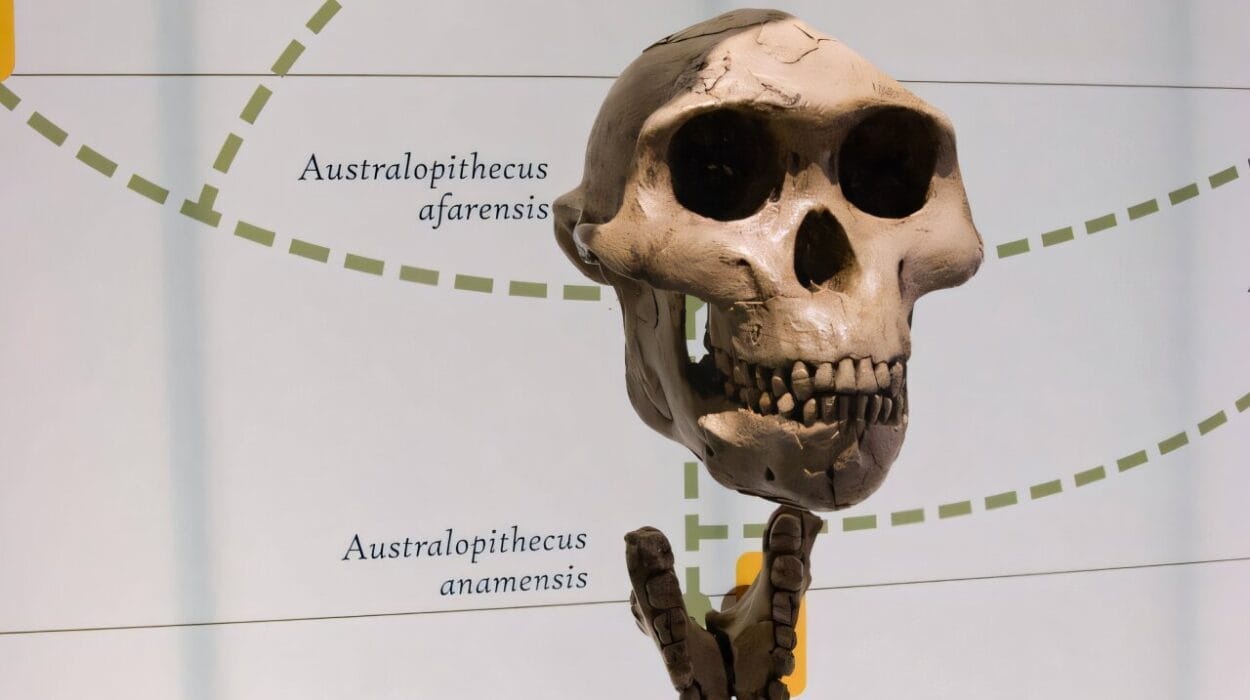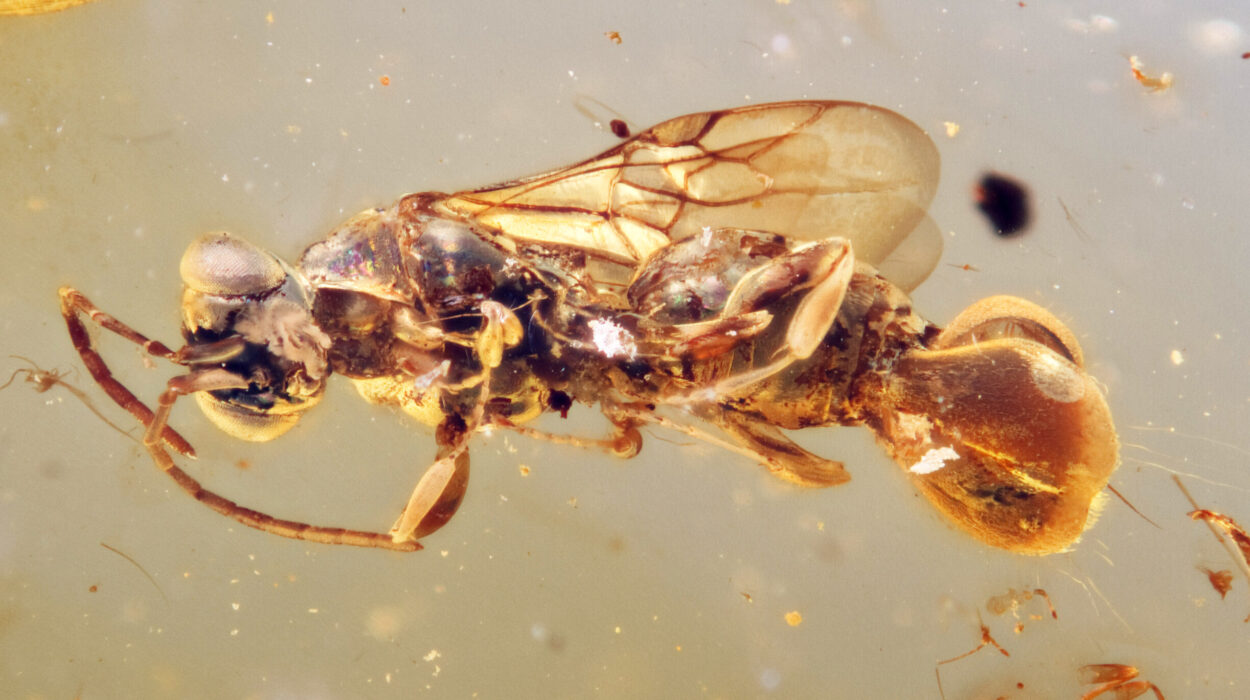Freshwater ecosystems, which cover less than 1% of Earth’s surface, play an indispensable role in sustaining life on our planet. They provide essential resources such as drinking water, irrigation, flood control, and help mitigate climate change. However, new research reveals a deeply concerning trend: freshwater environments are rapidly deteriorating, threatening the survival of countless species. In fact, nearly 24% of the species living in these environments are now at risk of extinction. Thousands of species, from fish to crabs and dragonflies, could vanish in the coming decades unless significant conservation efforts are made.
This alarming situation is detailed in a landmark study that assessed the health of nearly 24,000 freshwater species. Catherine Sayer, the lead author of the study, notes that the findings may only scratch the surface, as scientists lack sufficient data to fully understand the extinction risks facing many species. Sayer warns that the lack of data should no longer be used as an excuse for inaction. Freshwater landscapes are home to 10% of all known species on Earth, making their preservation critical not only for biodiversity but also for the survival of billions of people who rely on them for drinking water, livelihoods, and climate regulation.
The Crucial Importance of Freshwater Ecosystems
Freshwater ecosystems, including lakes, rivers, wetlands, and streams, provide essential services for life on Earth. These systems are home to a wide array of species, including iconic creatures like the giant river otter, the endangered Siberian crane, and the freshwater dolphin. They support complex food webs, regulate local climates, and help recharge groundwater supplies. Wetlands, often described as the “earth’s kidneys,” filter pollutants from the water and provide habitat for migratory birds. Yet, despite their importance, these ecosystems are some of the most threatened on Earth, facing a multitude of human-induced pressures.
Threats to Freshwater Habitats
Several factors are pushing freshwater ecosystems to the brink. As the global population grows, so too does the demand for food, water, and land. Many wetlands, which are among the most biodiverse ecosystems in the world, are particularly vulnerable to these pressures. It’s estimated that since the 1700s, wetlands spanning an area equivalent to the size of India—about 3.4 million square kilometers—have been lost due to urbanization, agricultural expansion, and industrial development. This loss has profound consequences not only for wildlife but also for human well-being.
Wetland loss directly impacts the Earth’s ability to mitigate climate change. Wetlands act as carbon sinks, storing vast amounts of carbon in the form of plant biomass and organic soil material. Their destruction releases these carbon stores into the atmosphere, contributing to global warming. Moreover, the loss of wetlands reduces the natural buffer that helps protect against flooding and storm surges.
Another major threat to freshwater ecosystems is water abstraction. The growing demand for water for agriculture, industry, and consumption leads to the overexploitation of rivers, lakes, and groundwater. The Colorado River, for example, no longer flows into the sea, and many other rivers are subject to damming and water diversion, further shrinking habitats for freshwater species.
Pollution is another significant challenge. Freshwater ecosystems are often polluted by agricultural runoff, untreated sewage, and industrial discharges. These pollutants, including pesticides, plastic waste, and chemicals, contaminate the water and harm the species that rely on it. Freshwater species, particularly those that are already stressed by habitat loss and altered water flows, struggle to survive in polluted environments.
Unfortunately, while the oceans and their ecosystems have been the focus of much research and conservation work, freshwater ecosystems have received less attention. Dr. Topiltzin Contreras MacBeath, a co-author of the study, emphasizes the need for more research and better data on freshwater species in order to guide effective conservation efforts. The ongoing lack of data on the health of freshwater ecosystems, he argues, has led to missed opportunities for early intervention and more sustainable water management practices.
Assessing the Health of Freshwater Species
The research conducted by Sayer and her colleagues highlights the critical need for comprehensive assessments of the state of freshwater biodiversity. Of the 24,000 species assessed in the study, a large portion faces threats to their survival. The study focused on four specific groups of species that are heavily dependent on freshwater ecosystems: decapods (a group of crustaceans), odonates (insects including dragonflies and damselflies), mollusks, and fish.
Decapods (Crustaceans)
Decapods include species such as crabs, lobsters, crayfish, shrimp, and prawns. Many of these animals inhabit freshwater environments like rivers and lakes, where they play crucial roles in maintaining the health of aquatic ecosystems by consuming dead plant material and controlling the populations of other invertebrates. Approximately 30% of the decapod species assessed are at risk of extinction, primarily due to pollution from agricultural runoff. Pesticides that enter the waterways can be especially harmful to decapods during their molting periods, when their soft exoskeletons leave them vulnerable to toxic chemicals.
Odonates (Dragonflies and Damselflies)
Odonates, which include dragonflies and damselflies, are another group heavily reliant on freshwater ecosystems. While most people recognize these insects for their distinctive, aerial adult forms, they spend the majority of their lives in freshwater as larvae. The larvae typically live in aquatic environments where they hunt smaller insects. However, this makes them highly vulnerable to habitat destruction, particularly the conversion of wetlands to farmland, which has devastated more than half of threatened odonate species. Logging, which removes vegetation critical for hunting and shelter, also has a significant impact on these species. Over half of threatened odonate species are affected by these habitat transformations.
Mollusks (Snails, Mussels, and Oysters)
Mollusks, such as freshwater snails, mussels, and oysters, play an integral role in maintaining water quality by filtering out pollutants and decaying matter. However, unlike decapods and odonates, freshwater mollusks have been less studied. Due to the lack of sufficient data, they were not included in this particular research, though prior studies suggest that about a third of mollusk species are at risk of extinction. Given the vital role mollusks play in maintaining healthy freshwater systems, their decline is particularly concerning. The factors causing their decline include habitat loss, pollution, and the invasive species that outcompete or prey on native mollusks.
Fish Species
Fish are among the most threatened group of freshwater species, with habitat loss, pollution, and water abstraction driving many species to the brink of extinction. Fish provide critical ecosystem services, such as controlling insect populations and contributing to nutrient cycling. Approximately one in three freshwater fish species is threatened by overfishing, pollution, and habitat degradation, with some, such as the famous salmon species, experiencing severe declines due to damming and habitat fragmentation.
The Road Ahead: Why Freshwater Conservation Matters
While the challenges facing freshwater ecosystems are substantial, conservation efforts can still make a difference. The study highlights the need for active participation in water management policies, investment in scientific research, and the integration of freshwater species data into conservation strategies. Water management must consider the intricate relationships between freshwater ecosystems and the species that rely on them, with a focus on long-term sustainability.
To safeguard the future of freshwater species, international collaboration is essential. Many freshwater species inhabit river systems that cross national borders, making cooperation between countries essential for ensuring their survival. Strategies like habitat restoration, pollution control, and sustainable water use are key to improving the health of freshwater ecosystems and the species that inhabit them.
As Catherine Sayer suggests, there can be no excuses for further delay. “Lack of data on freshwater biodiversity can no longer be used as an excuse for inaction.” Now is the time for swift and concerted action to protect and restore our freshwater environments, ensuring the survival of the animals that depend on them and the billions of humans who rely on them for their livelihoods and well-being.
The fate of freshwater ecosystems is intertwined with the survival of countless species and the future of the planet’s biodiversity. As research and advocacy efforts continue to uncover the full extent of the crisis, it becomes increasingly clear: without concerted, global action, freshwater habitats may continue to decline, and their loss will reverberate across ecosystems, economies, and societies. Ensuring a future for our freshwater ecosystems is not just about saving species—it’s about securing a healthy, sustainable world for future generations.
